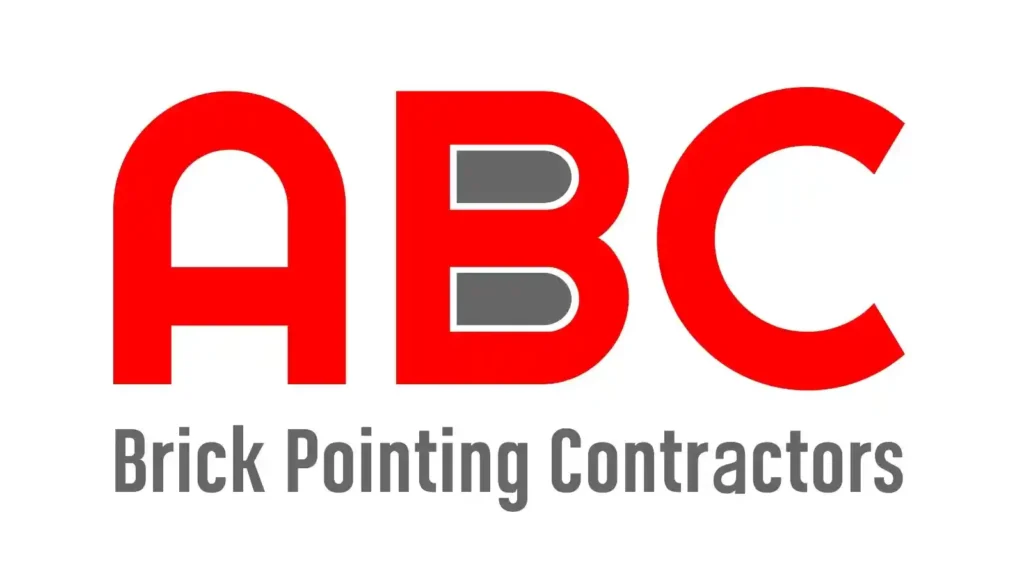Bricks are like building blocks for houses and other structures. They’re strong and can be used in many different ways. But just like you need glue to stick blocks together, bricks need something called mortar to hold them in place.
Mortar is a special mixture made from cement, lime, sand, and water. It’s used to fill the gaps between bricks, making them strong and sturdy. This process is called pointing.
Even though pointing might seem like a simple job, it’s actually very important. It helps the walls stay strong and prevents them from falling apart. In this article, we’ll talk about different kinds of pointing, their advantages, and why they’re so important. So, whether you’re building a house or just curious about how things work, you’ll definitely want to learn about pointing!
Importance of Brick Pointing
Pointing is one of the most common repair or maintenance tasks performed on a masonry structure. Pointing is of critical importance in all masonry repair work as it ensures equal weight distribution. An even layer of mortar between different masonry layers provides an even platform for weight distribution. Contributing to the stability of the overall structure.
If the mortar layer is uneven or gets damaged it can lead to cracking or even collapse of the whole structure in the worst case scenario. Besides, pointing helps to seal the gaps between masonry joints, preventing rainwater or moisture infiltration that can lead to dampness.
Types of Brick Pointing
Here are some different types of masonry pointing techniques
1. FLUSH POINTING
In flush pointing, the joints are completely filled with mortar and leveled to create a seamless and even wall surface. Flush tuckpointing offers great aesthetic appeal to the wall.
2. V POINTING
In V-pointing a V-shaped groove is created in the mortar joint using a jointing tool. Apart from increasing the aesthetic appeal of the wall it also makes the brickwork more prominent.
3. STRUCK POINTING
In this type of pointing the mortar between joints is given a slightly bulged-out rounded shape for decorative purposes.
4. WEATHER STRUCK POINTING
In weather struck pointing the mortar between joints is slightly angled or sloped. This sloped surface sheds water away from the joint enhancing its durability.
5. RAKED POINTING
In raked pointing a concave-shaped jointing tool is used a create an inward concave-shaped groove in the newly filled mortar layer.
6. EXTRUDED POINTING
In extruded tuckpointing a thin strip of mortar is extruded or squeezed out along the center of the joint. This creates a raised line that greatly enhances the visual appeal of the masonry.
Benefits of Brick Pointing
Pointing is of prime importance for all masonry structures. It not only enhances the durability of the structure but also improves its aesthetic appeal. Some key benefits of using pointing masonry structures include
1. Imparts Strength
Pointing provides strength to the whole masonry unit by adhering the individual masonry blocks together.
2. Waterproofing
Pointing helps to seal all the gaps between masonry joints, creating a waterproof surface that repels all moisture and prevents dampness.
3. Protection
Pointing ensures the protection of masonry structures from inclement weather conditions.
4. Enhanced Appearance
Pointing significantly enhances the aesthetic appearance of brick structures. It emboldens the patterns, color, and texture of joints.
Types of Mortar Used in Brick Pointing
The two most commonly used mortars for brick pointing include
1. Cement Mortar
Cement mortar is made up of a combination of cement, sand, and water in a fixed proportion. The commonly used cement and sand ratio in mortar is 1:3 or 1:4. Cement offers enhanced durability and binding properties.
2. Lime Mortar
Lime mortar is prepared in the same way as cement sand mortar with only the cement being replaced by fat lime. Commonly used lime mortar ratios are 1:2 or 1:3. Lime mortar offers great workability while working.
